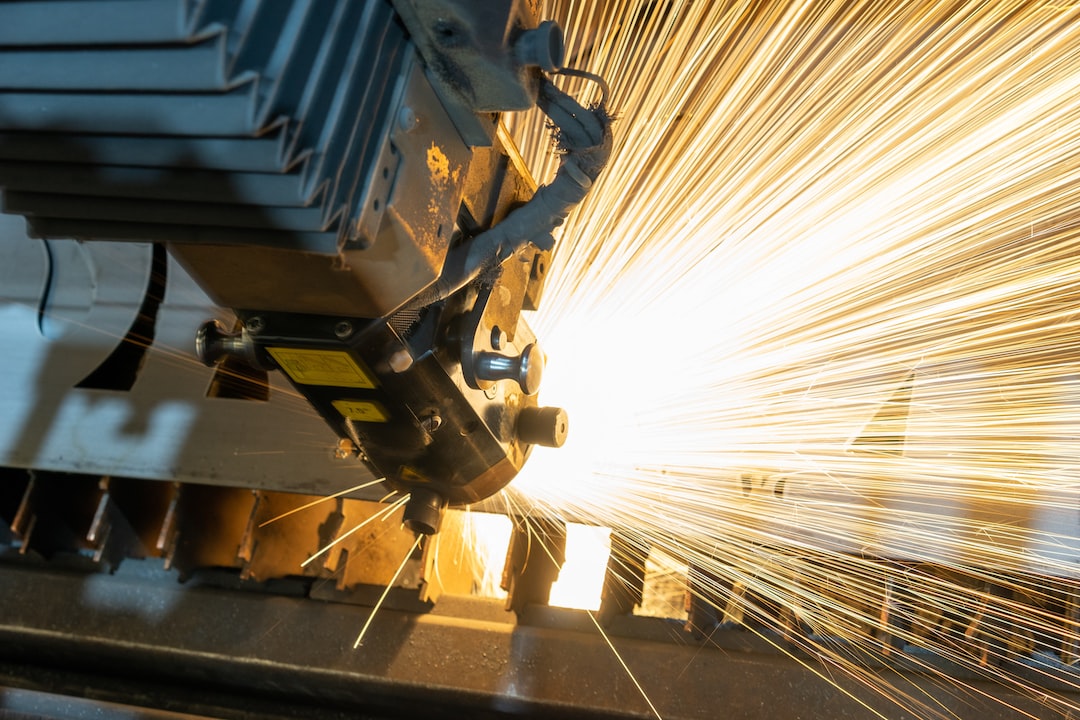The Future of Manufacturing: Automation and Robotics
The manufacturing industry has undergone significant transformations in recent years, and it is continuing to evolve at an unprecedented pace. One of the key factors driving this change is the increasing adoption of automation and robotics. These advanced technologies are reshaping the way goods are produced, offering numerous benefits to businesses and society as a whole. In this blog post, we will explore the future of manufacturing and the impact that automation and robotics will have on this vital sector.
Automation has always been a cornerstone of manufacturing, but recent advancements in robotics are taking it to new levels. This trend is poised to revolutionize the industry by enhancing productivity, improving quality, reducing costs, and increasing flexibility. With automation, manufacturers can now streamline their production processes, allowing for seamless integration between different stages of manufacturing. This leads to shorter lead times, faster product delivery, and improved customer satisfaction.
Robots are playing a significant role in the transformation of manufacturing. They are no longer limited to performing repetitive tasks; instead, they are becoming more sophisticated and versatile. Modern robots possess the ability to learn and adapt to new tasks, making them ideal for complex operations. These highly skilled machines can assemble products, handle materials, perform inspections, and even interact with humans. By eliminating human error and repetitive manual labor, robots are ensuring a higher level of accuracy and precision in manufacturing processes.
The integration of automation and robotics in manufacturing also results in safer working environments for employees. Dangerous and labor-intensive tasks can now be assigned to robots, reducing risks and improving workplace safety. This move towards a more robotized workforce allows human employees to focus on more strategic and creative roles. Additionally, this shift may lead to the creation of more skilled jobs in the industry, as the demand for robotics experts and technicians increases.
Not only do automation and robotics bring tangible benefits to manufacturers, but they also have a positive impact on the environment. As robots become more energy-efficient, they reduce energy consumption and minimize waste. Moreover, automation enables manufacturers to optimize their operations, resulting in reduced material usage and improved resource efficiency. By embracing these technologies, businesses can contribute to a more sustainable manufacturing sector, aligned with global environmental goals.
The future of manufacturing lies in the seamless integration of automation and robotics into core processes. As technology continues to evolve, we can anticipate the emergence of even more advanced and capable robotics systems. These systems will be equipped with artificial intelligence and machine learning algorithms, allowing them to make intelligent decisions and adapt in real-time. The convergence of these technologies with other cutting-edge concepts, such as the Internet of Things and big data analytics, will further accelerate the industry’s transformation.
However, it is crucial to acknowledge that the increased adoption of automation and robotics will also have implications for the workforce. While these technologies open up opportunities for higher-skilled roles, they may result in job displacement for some workers. It is crucial for businesses and governments to implement strategies to ensure the smooth transition of the workforce, providing adequate training and education for employees to adapt to the changing landscape.
In conclusion, automation and robotics are revolutionizing the manufacturing industry. These advanced technologies offer a multitude of benefits, including increased productivity, improved quality, reduced costs, and enhanced workplace safety. As we move forward, it is essential for manufacturers and policymakers to embrace these technologies and prepare the workforce for the changes that lie ahead. By doing so, we can create a thriving manufacturing industry that is equipped to meet the challenges and opportunities of the future.

